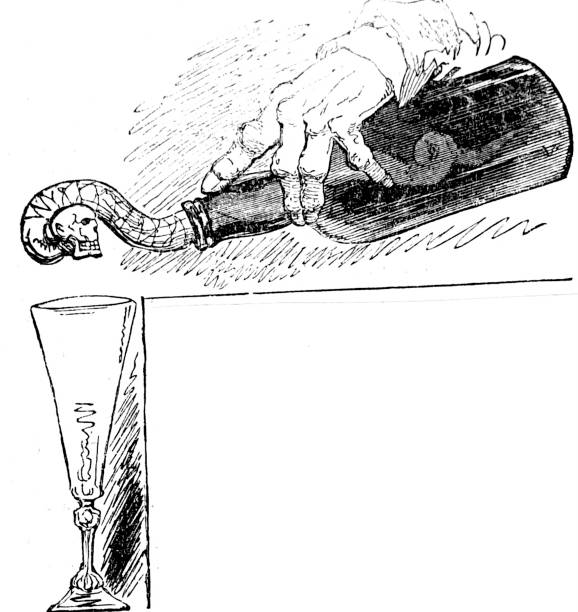How to Lose Fat Without Feeling Miserable — The Science and Strategy Behind Sustainable Weight Loss
Let’s be honest — nobody signs up for fat loss hoping to feel exhausted, cranky, and constantly hungry. Yet that’s exactly what happens to so many people who try to “diet” by slashing calories and cutting out everything they enjoy. The good news? You don’t need to suffer to make progress. In fact, doing too much too fast can backfire in ways that leave you worse off than when you started.
🚫 Why Extreme Calorie Cuts Do More Harm Than Good
It might sound logical: eat way less, lose weight fast. But your body has built-in survival systems that don’t take kindly to sudden deprivation. Here’s what really happens when you cut calories too drastically:
- Hunger hormones spike — your body starts screaming for food, especially carbs and sugar.
- Metabolism slows down — your body tries to “save energy,” making fat loss harder.
- Muscle loss risk increases — and that’s bad news, since muscle helps you burn more calories.
- Mood and energy nosedive — leading to cravings, fatigue, and eventually bingeing.
- Weight regain is common — because unsustainable habits eventually break.
In short? Starving yourself isn’t a shortcut — it’s a detour to frustration and burnout.
✅ What Actually Works: A Sustainable Calorie Deficit
Instead of jumping into a 1,200-calorie crash diet, start by understanding your normal habits. Track what you eat for 5–7 days — yes, even the “just one bite” moments — to see your real intake. From there, aim to reduce your calories by 15–20%, or roughly 300–500 calories per day for most adults.
This gentle deficit is enough to trigger fat loss without shocking your system. You’ll still have energy for your workouts, stay focused at work, and avoid the all-too-familiar “hangry” spiral.
🥦 Real-Life Hacks That Make Eating Less Feel Effortless
You don’t have to count every gram or live off salads. These small changes can add up without feeling like a diet:
- Veggie volume: Fill half your plate with non-starchy vegetables — think spinach, zucchini, or roasted peppers. They add bulk, fiber, and nutrients for hardly any calories.
- Protein power: Include a lean protein source at every meal — chicken, eggs, tofu, fish. Protein helps preserve muscle and keeps you full.
- Smart carbs: Choose slow-digesting options like oats, beans, sweet potatoes, and berries. They satisfy you without blood sugar crashes.
- Mindful snacking: Swap chips for air-popped popcorn, or cookies for Greek yogurt with fruit.
- Hydration check: Sometimes what feels like hunger is actually thirst. Aim for at least 2 liters of water a day.
🔄 Reframe the Goal: Fat Loss, Not Just Weight Loss
Weight on the scale can be deceiving. Fat loss is about changing your body composition — reducing fat while preserving or even building muscle. That’s why resistance training and adequate protein are so important. You may not see the scale drop drastically at first, but your clothes will fit better, and you’ll feel stronger and more energetic.
💡 Final Thoughts: Progress Without Punishment
You don’t have to be perfect. You don’t have to skip birthday cake or count every almond. Sustainable fat loss is about consistency, not restriction. It’s about building habits you can stick to — ones that fit into your real life, not a fantasy version of it.
If you’re feeling stuck or overwhelmed, don’t go it alone. A registered dietitian, coach, or supportive community can guide you with personalized strategies that make sense for your goals and lifestyle.
Because in the end, it’s not just about losing weight — it’s about gaining a better relationship with food, your body, and yourself.


